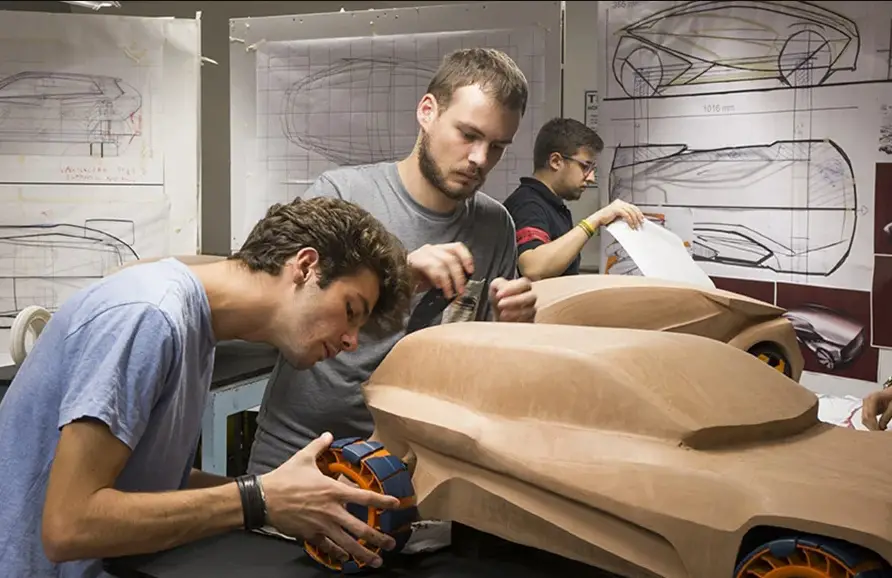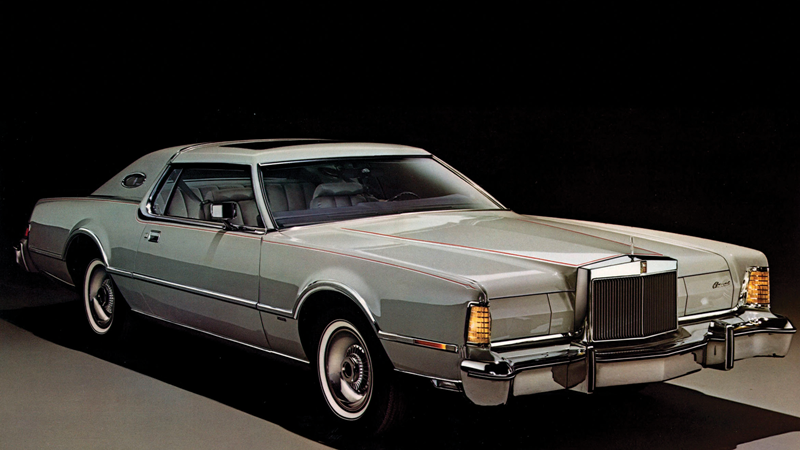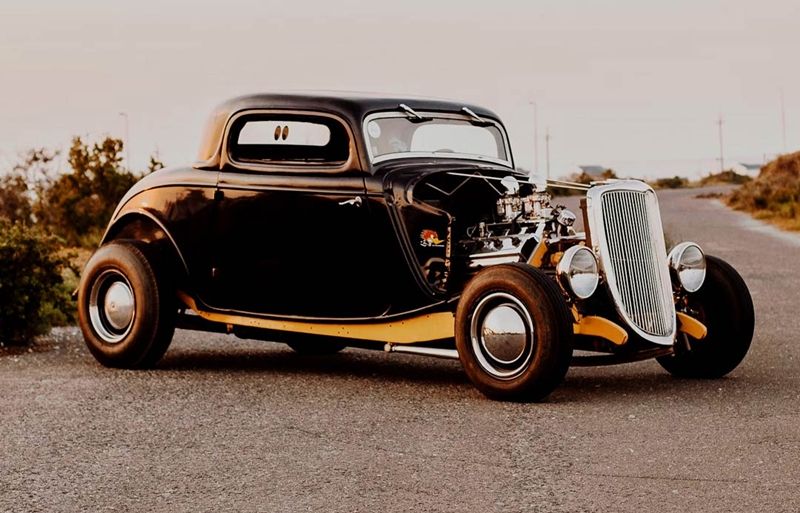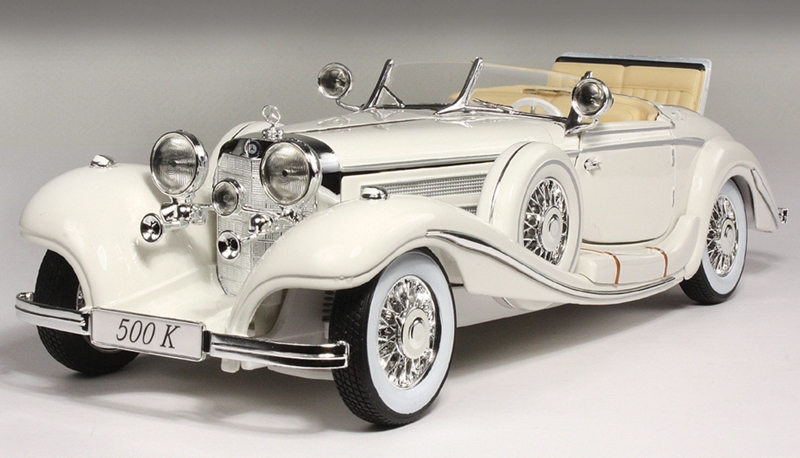Here’s something wild to consider: automotive design has completely transformed over the past century. Early car designers were basically just making motorized carriages look prettier. But as technology advanced and consumer expectations grew, the role evolved into something much more sophisticated.
The 1930s brought us streamlining – those gorgeous, flowing designs that looked like they were carved by the wind itself. The 1950s exploded with chrome, fins, and space-age optimism. The 1960s gave us the muscle car era with its aggressive, powerful aesthetic. Each decade reflected the cultural zeitgeist through automotive styling.
Color trends play a pivotal role in automotive development, impacting how models are perceived not only from reveal day but also years down the line. Modern automotive designers must balance longevity with fashion trends, forecasting what will still look good decades later.
Today’s automotive designers face unique challenges. Electric vehicles are reshaping everything – no need for large grilles means completely rethinking front-end design. Autonomous driving technology is changing interior layouts. Sustainability concerns are driving material choices. Yet through all these changes, the fundamental goal remains the same: creating vehicles that move people both physically and emotionally.

Modern Trends Shaping Automotive Design Today
The automotive design world is absolutely buzzing with innovation right now! The automotive landscape is undergoing a seismic shift driven by technological advancements and evolving consumer demands, with eight major trends reshaping car design in 2024.
Electric vehicle design is probably the biggest game-changer. Without traditional engines, car designers have incredible freedom to reimagine vehicle proportions. Take Tesla’s Cybertruck – love it or hate it, it’s completely different from anything we’ve seen before. Traditional luxury brands are also embracing EV design with sleek, aerodynamic forms that maximize efficiency while maintaining brand identity.
Sustainable materials are becoming huge. Automotive designers are experimenting with recycled plastics, bio-based composites, and even mushroom-based leather alternatives. It’s not just about looking good anymore – modern vehicles need to feel good from an environmental perspective too.
Digital integration is reshaping interiors completely. Traditional button-heavy dashboards are giving way to minimalist designs dominated by large touchscreens. Some car designers are even eliminating physical controls entirely, creating cabin environments that feel more like high-tech lounges than traditional automotive interiors.
Aerodynamics has become an obsession, especially for electric vehicles where every bit of efficiency matters. You’re seeing more vehicles with active aerodynamic elements – spoilers that deploy automatically, grilles that open and close based on cooling needs, and ultra-smooth underbodies that would make aerospace engineers jealous.





